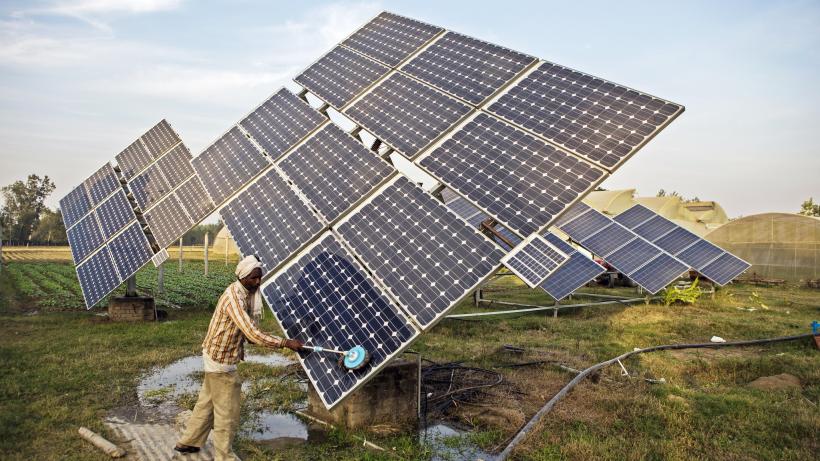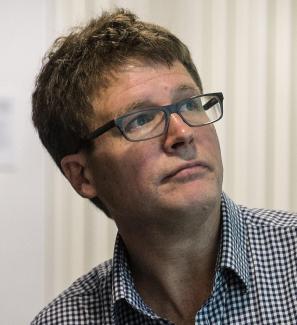
White paper: Innovation, growth, and the environment
Economic development, environmental protection, and innovation: IGC’s White paper on Sustainable Growth explores a path for growth in developing countries that protects the health of the planet and its citizens.
-
IGCP10455-Sustainable-growth-white-paper-INT-230922-WEB.pdf
PDF document • 3.66 MB
Three facts make achieving sustainable growth in developing countries a global imperative.
- Developing countries have a pressing need for economic growth to raise living standards.
- Developing countries bear the greatest burden from climate change.
- Developing countries are where future emissions are forecasted to grow most rapidly.
As people move across the arc of development, they shift from unproductive self-employment in subsistence-type firms to specialised productive employment in large firms. This movement generates both spectacular improvements in living standards and greater environmental externalities.
We argue that innovations – technological, organisational, social, and political – now allow us to better balance the need for growth with the need to protect the natural environment. As these innovations take hold and diffuse in diverse areas such as clean energy, clean transportation, natural resource management, and clean manufacturing, it becomes possible to envision a future where developing countries can continue to grow without further worsening the health of the planet or their citizens.
Developing new low-emissions technologies is a first step. Then the entire economy – from markets and regulation to taxation, redistribution, and international trade – needs to be reshaped. In section two (on energy and environment), we consider how innovation and diffusion of clean energy, the management of natural capital, and climate adaptation are central to achieving this balance. Innovations here will not only have to slow emissions but also protect households and firms from unfolding climate damages.
In section three (on firms, jobs, and trade), we focus on the critical role that firm and job upgrading plays in the generation of growth, and how various regulations and taxes can enable growth in a way that minimises environmental damages. Establishing adequate skill creation and worker-firm matching policies is a critical means of allowing workers to move into more productive jobs which, in turn, protect them from environmental damages.
In section four (on urbanisation, rural development, and migration), we argue that sustainable growth requires large investments in clean energy, services, and transportation infrastructures. These are needed both in urban areas, which will drive productivity growth, and in rural areas, where many of the most vulnerable individuals live. Special consideration is given to how migration from rural to urban areas, but also across countries, can be managed as climate change unfolds.
In section five (on state effectiveness), we look at how the functioning and organisation of the state must be transformed to both protect vulnerable populations and decarbonise the economy. To confront these challenges, innovative institutions, often spanning different government departments and ministries, need to be designed. Tax and non-tax revenue generation will also need to be increased to finance the new investments underpinning sustainable growth.
Lastly, we consider how international policy and coordination can assist countries with achieving sustainable growth. Many of the damages that citizens in low- and middle-income countries are experiencing today are due to industrialisation in high-income countries. New thinking is needed on how to design international assistance in the areas of innovation and diffusion of clean energy technologies, climate finance, and loss and damage funds.





